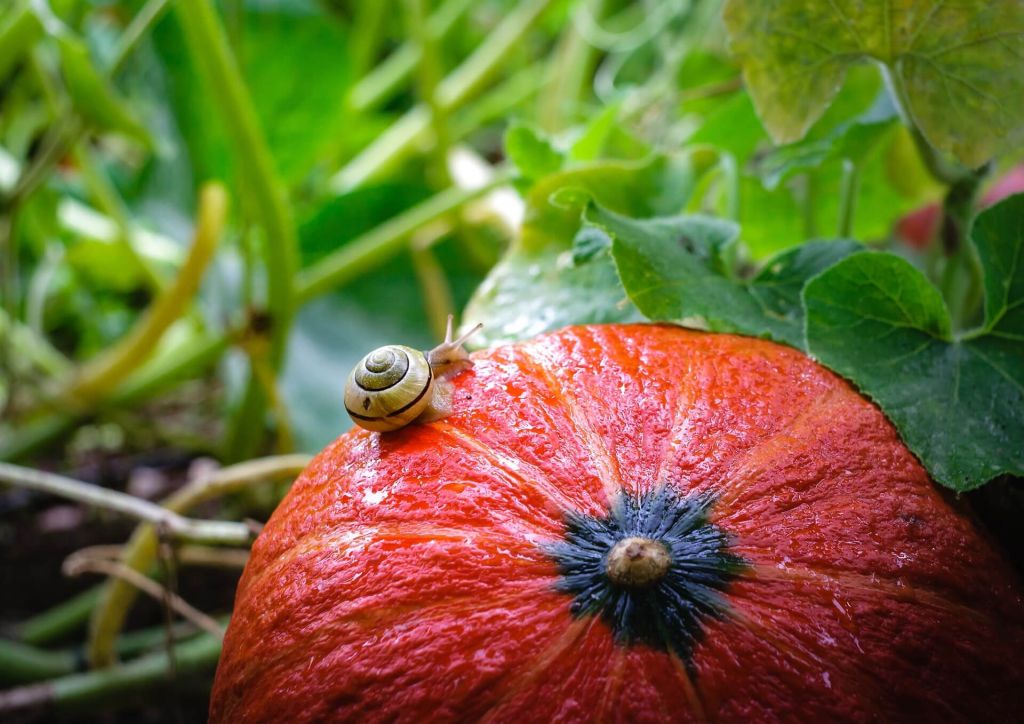The art of slow gardening

Every once in a while, a buzzword comes along. There was hygge (the Danish concept of enjoying a cosy lifestyle), KonMari (living a less cluttered life by following Japanese tidying expert Marie Kondo’s advice), clean living (where we were only expected to eat nuts and berries) and now, there’s another concept - slow gardening. With more of us than ever becoming green-fingered ( thanks in part to several lockdowns), this approach to gardening brings opportunities for amateurs and professionals alike to take stock and embrace a new pace.
What is slow gardening?
The concept of slow gardening subscribes to the idea that we need to take a more ‘hands off’ approach to gardening, and to a certain extent, let nature do its thing. Rather than spending lots of time outside raking, weeding, pruning and chopping, with slow gardening you take a step back and see what happens. So, rather than immediately reaching for the plant spray at the first sign of disease, you would see whether the plant could fight off disease without intervention.
The good news is slow gardening is less about perfection and more about letting nature take its course. Essentially, gardening should feel enjoyable, rather than like a chore, and getting outside should be more about what you want to do, rather than what needs to be done.
Slow gardening is also heavily centered around connection with nature and the natural world, including enjoying the gratification that comes with growing your own food, rather than buying it, or being able to pick flowers from your own garden and appreciate the time they took to grow, instead of buying a ready prepared bouquet.
Sounds great, but how do I actually do it?
Disappointingly, slow gardening isn’t an opportunity to be lazy. While it does promote an unhurried and less deliberate approach to gardening, it’s more about working with the seasons and following your own rules than it is lying on a lounger with a book in hand.
Slow gardening encourages you to fall back in love with your garden, by only focusing on the aspects you enjoy, and removing those that you don’t. If you find weeding tedious, then consider taking a more freehand approach to your borders and allowing some of the plants to grow. Hate mowing? Lose some of the lawn and grow wildflowers instead.
Forgoing the use of power tools in favour of manual tools is another way to embrace slow gardening. Yes, the tasks may take longer, but as you complete them you’ll be getting to know your garden in a whole new way - and you’ll feel a huge sense of accomplishment, too.
What do I need to get started?
A garden does help, and other than that you mostly just need patience. The slow gardening ethos is all about things taking their time, so if you’re the type of gardener who usually spends every weekend outside hacking, pruning and planting, then you may need to take a deep breath and step away from the secateurs. Spend time walking around outside, observing the space and the season, and think about a few things you’d like to achieve and how you’ll get there, rather than frantically working your way through a list.
While slow gardening isn’t about buying a huge amount, there are a few things you may want to invest in - a good quality soil conditioner to help anything you grow to thrive, fruit and vegetable bulbs, seeds or plants, to help you grow your own produce, and some new hand tools that are sharp and ready to tackle anything you throw at them - the gardening might be slower-paced but it doesn’t need to be done with a blunt instrument!
What should the outcome be?
The beauty of slow gardening is that there isn’t really an end point. Think of it as a lifestyle rather than a project - from season to season there’ll be new things to do in the garden, but ultimately the outcome is your wellbeing and a renewed appreciation for your outside space.
